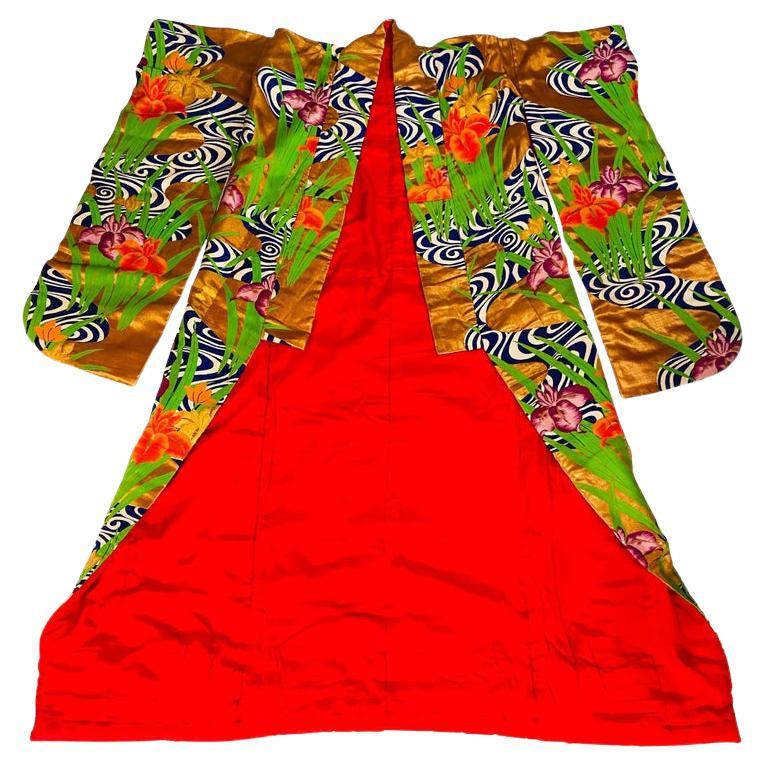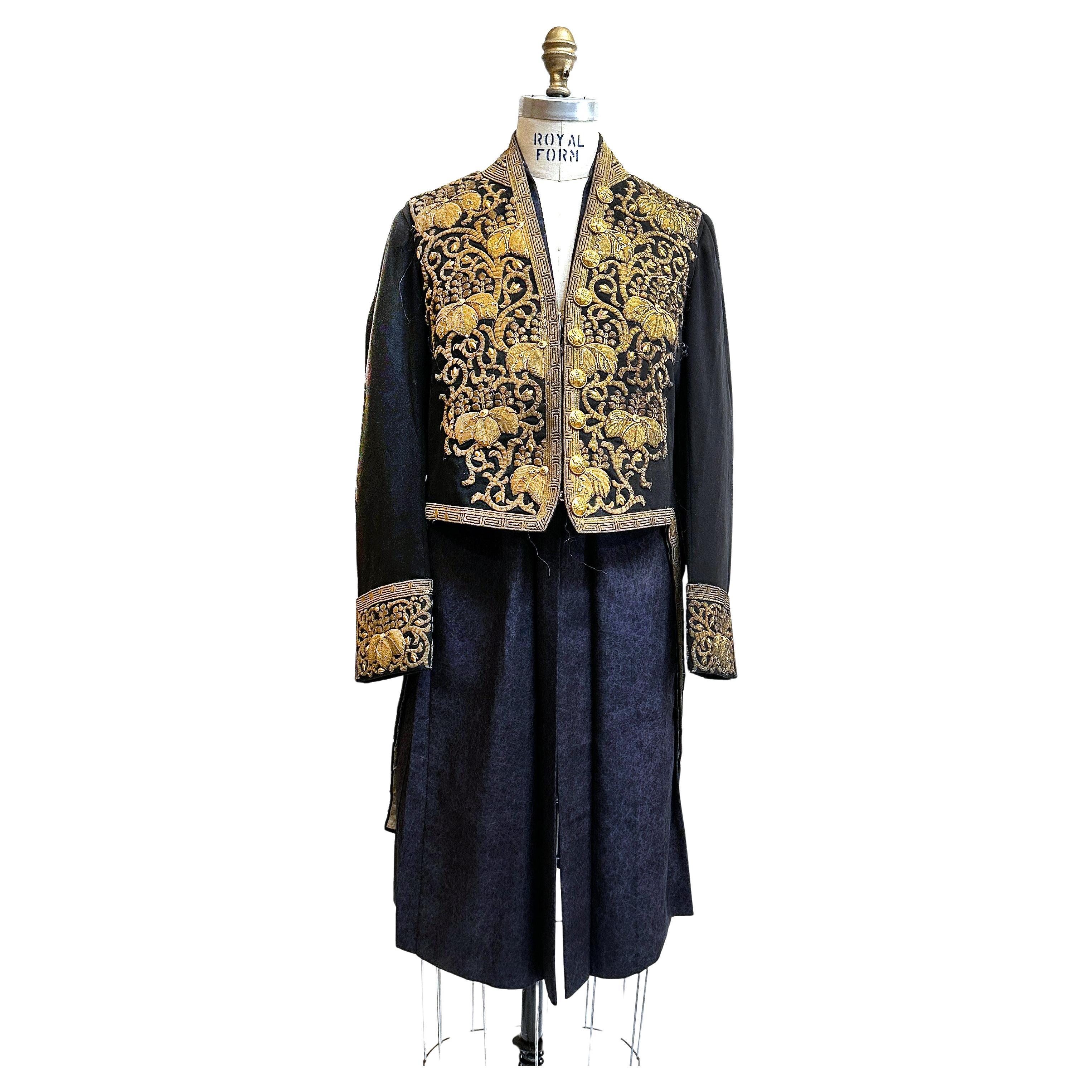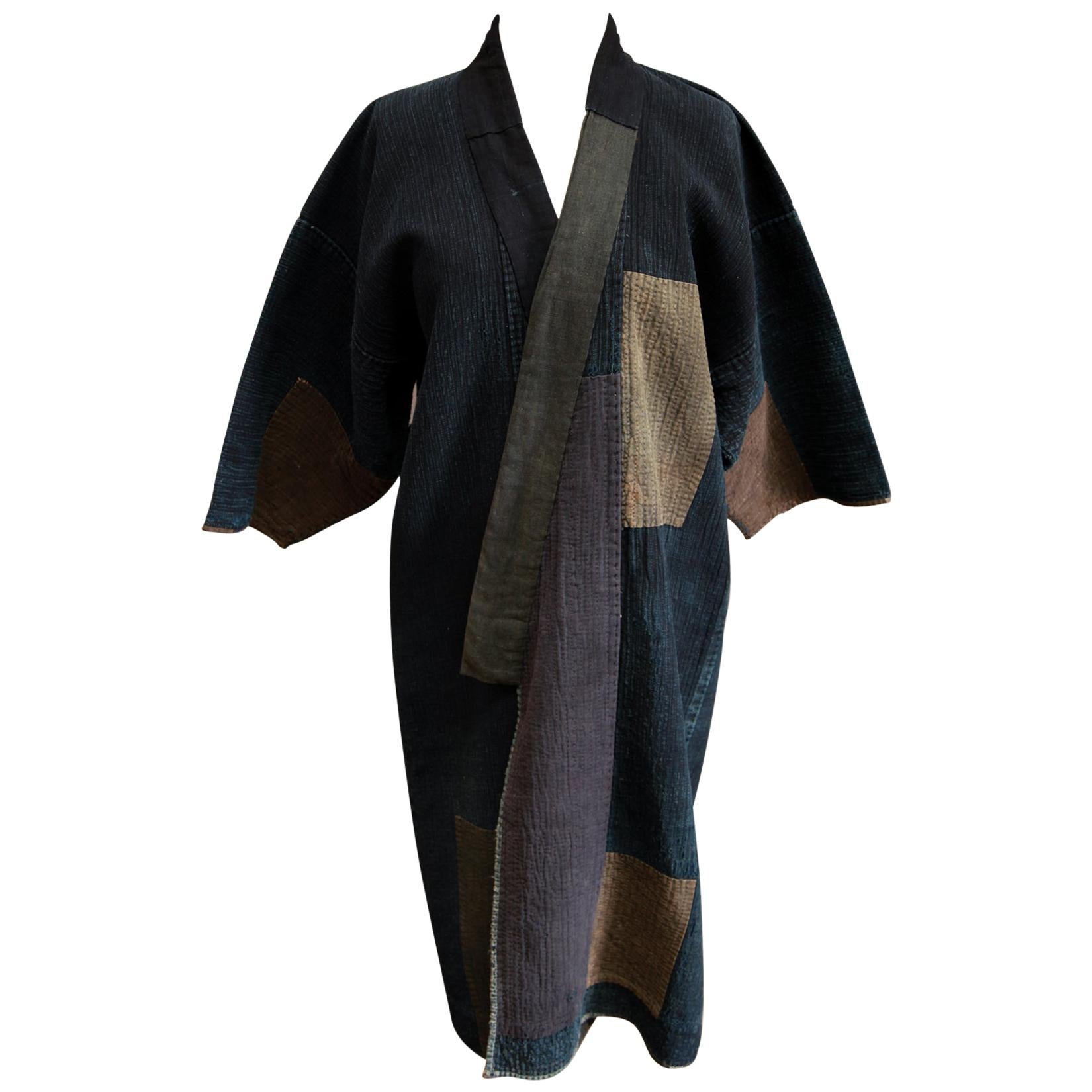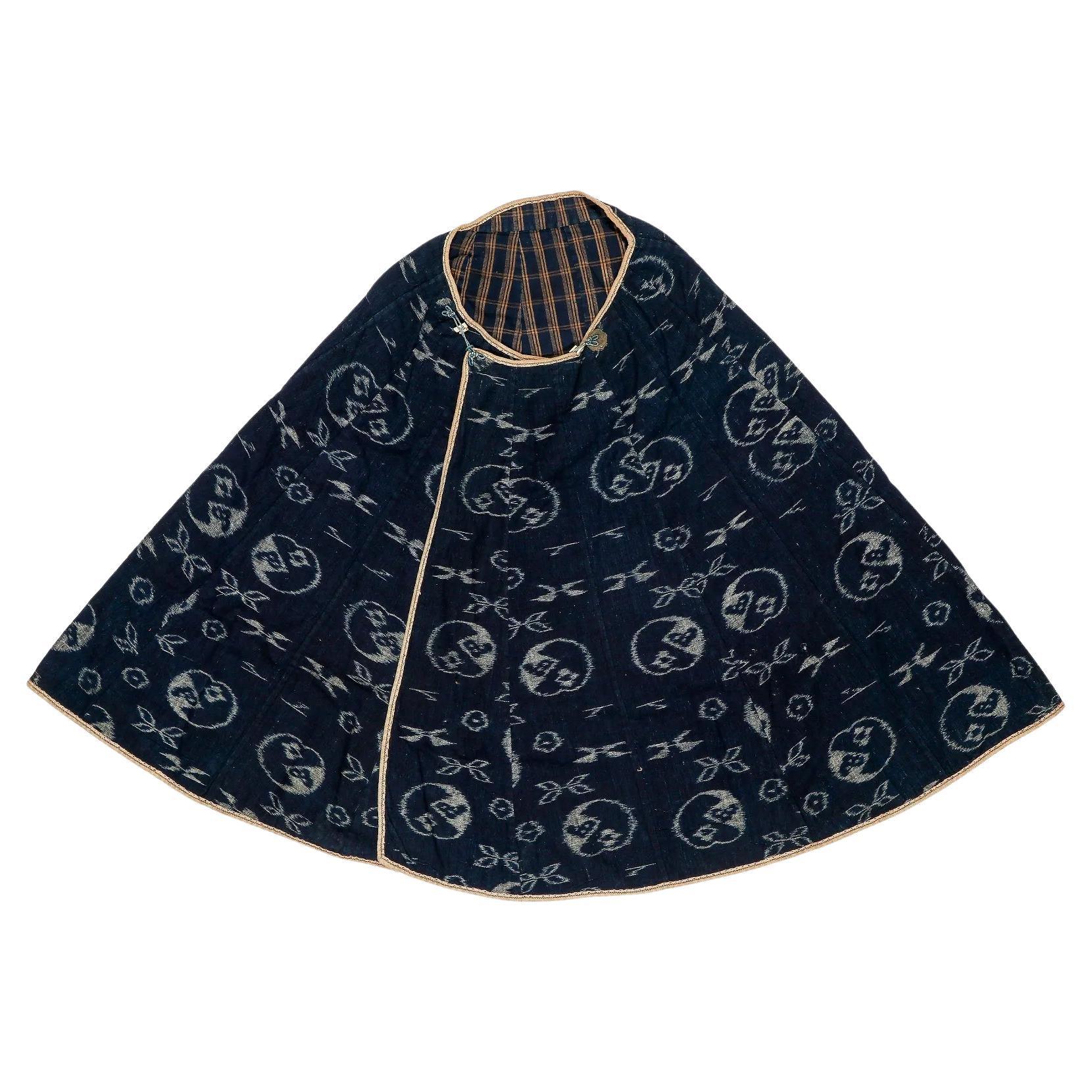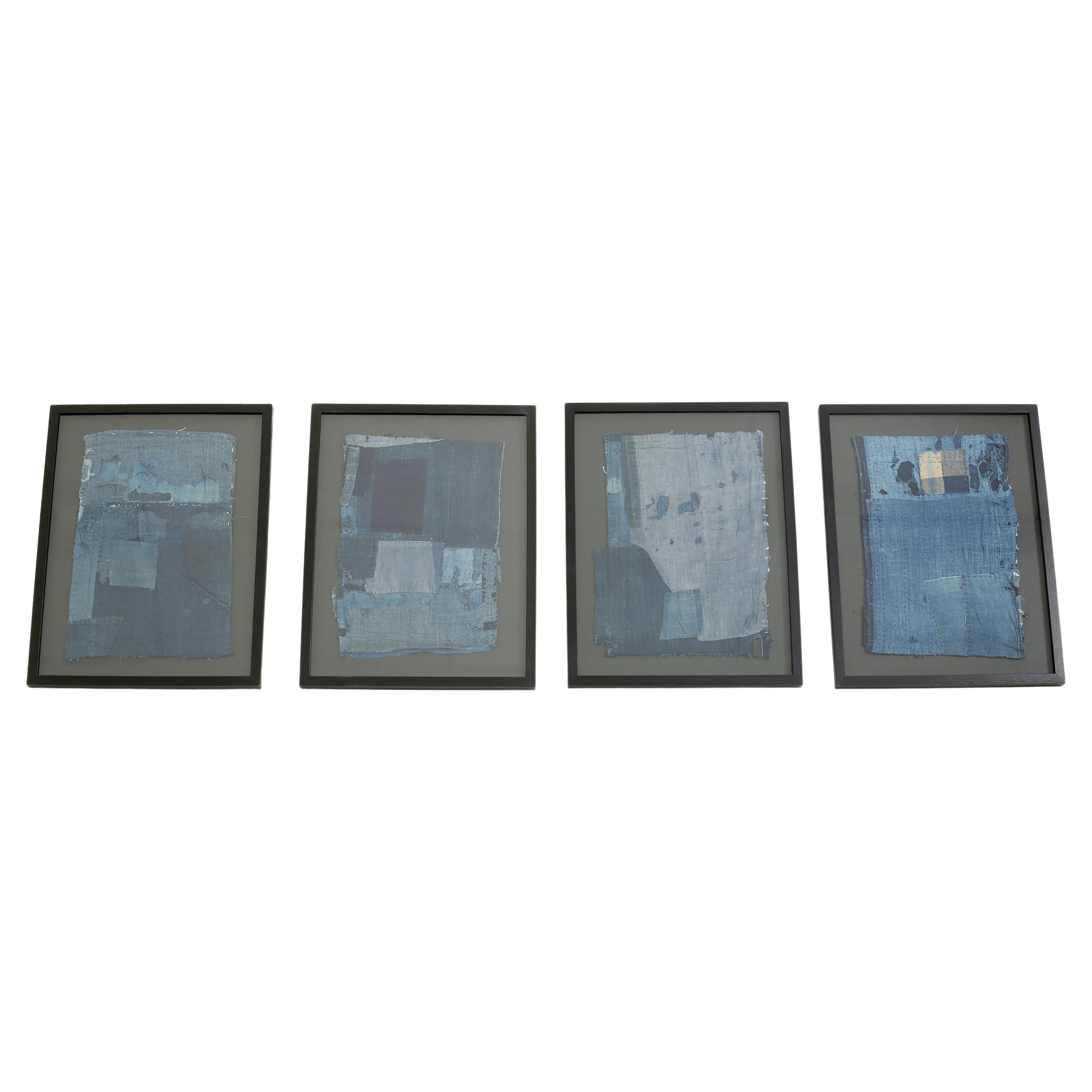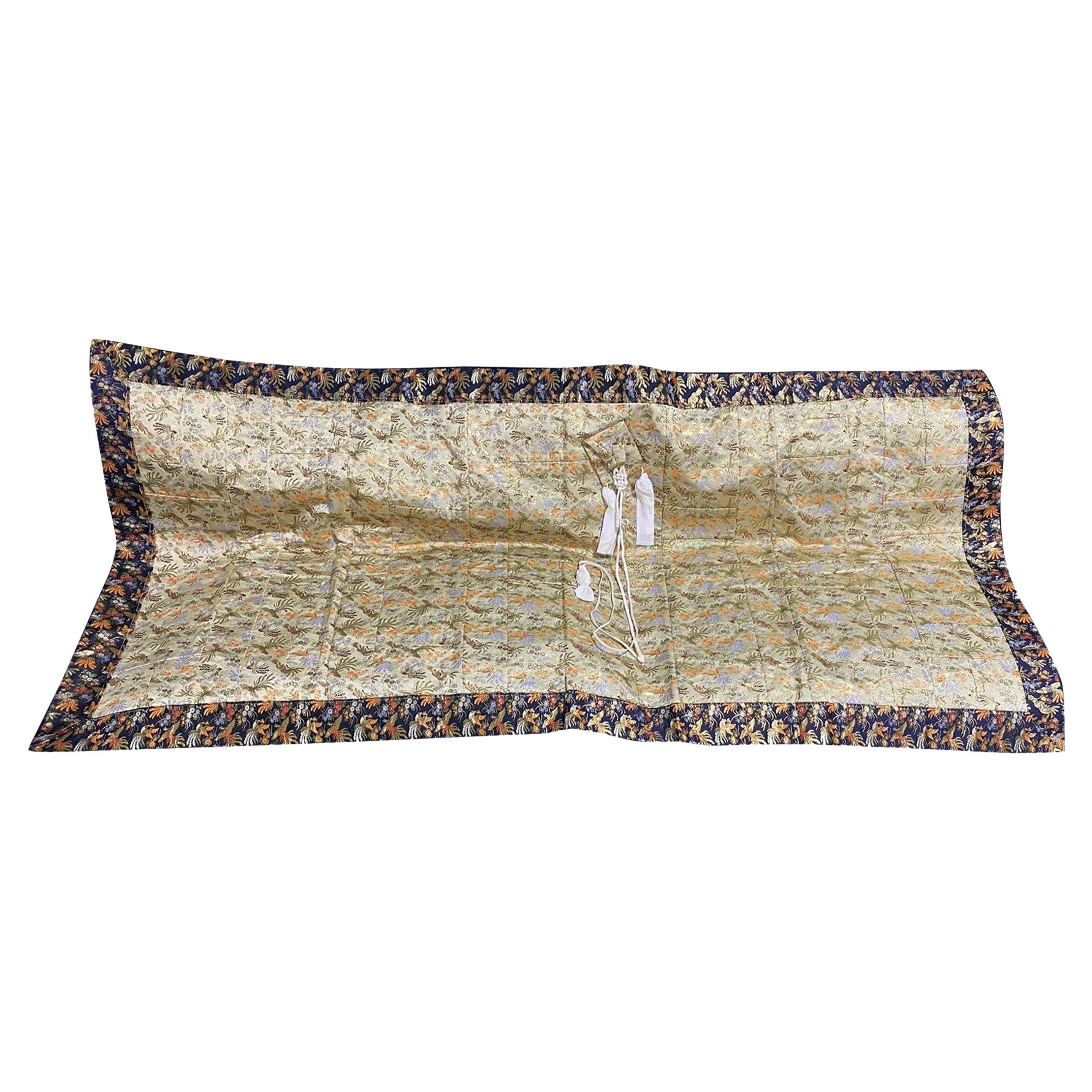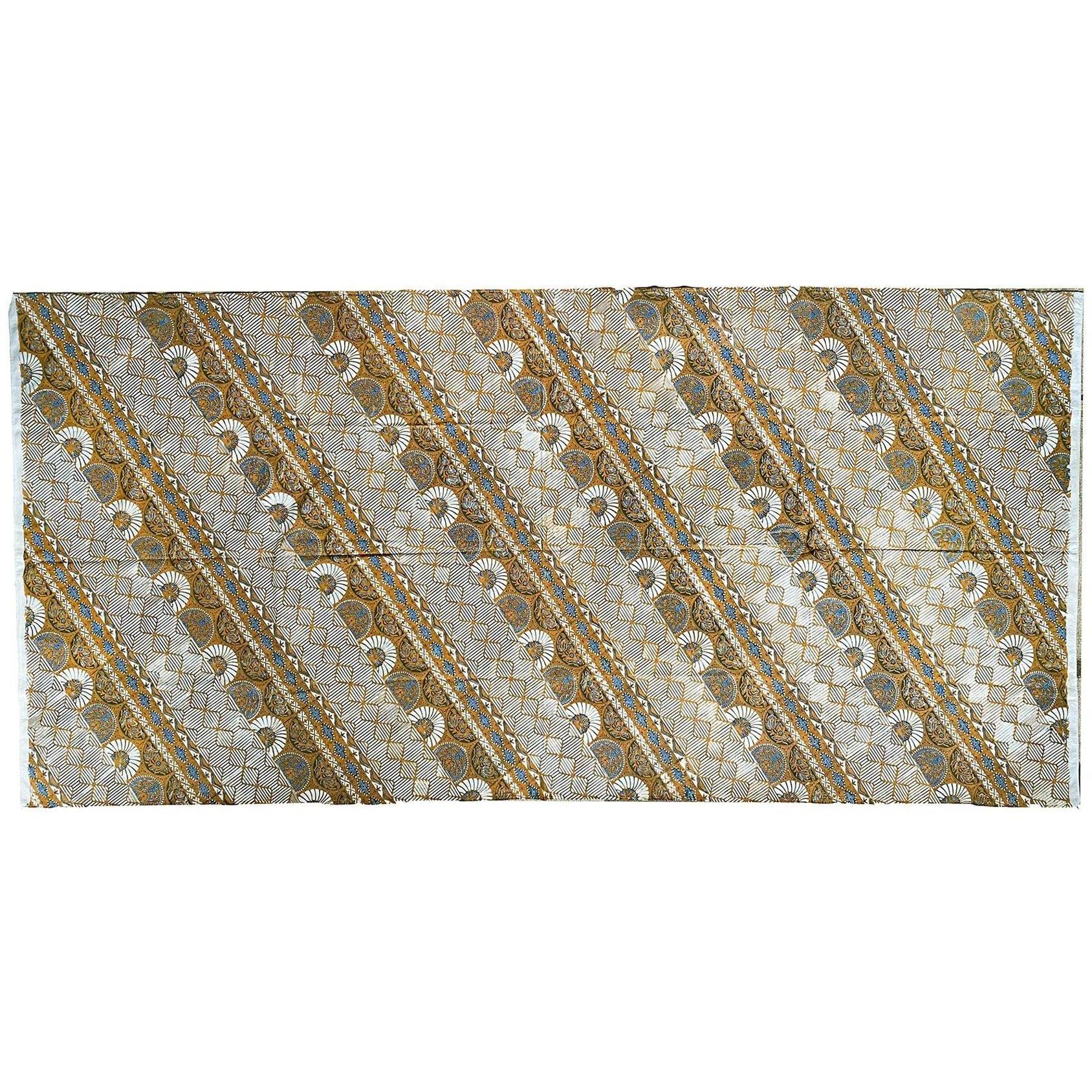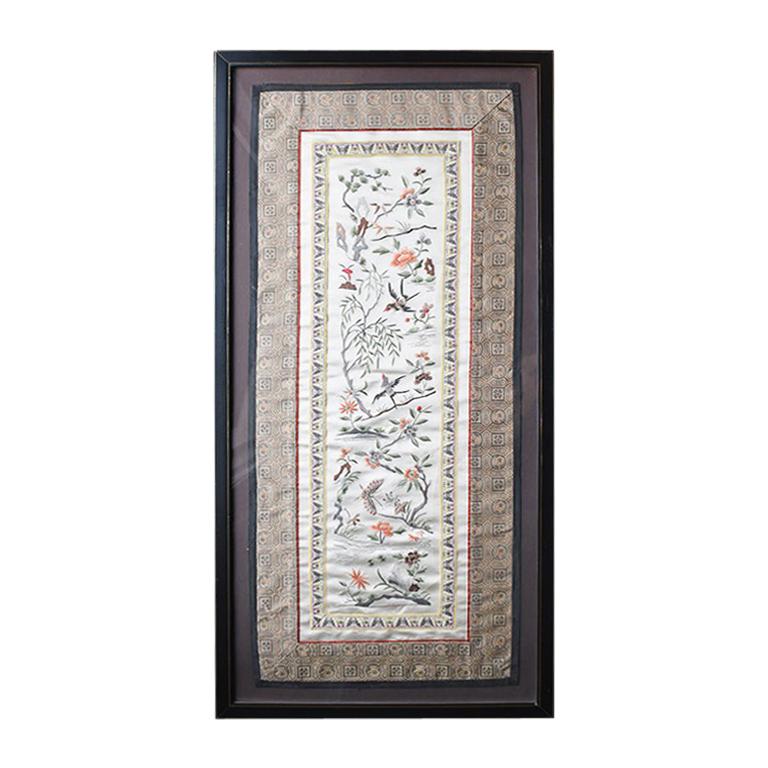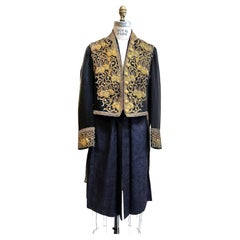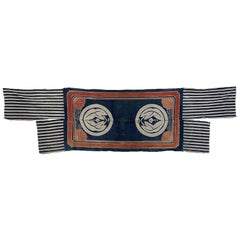
Rare Vintage Japanese Firemen's Helmet
View Similar Items
1 of 5
Rare Vintage Japanese Firemen's Helmet
Price:$180.55
$260List Price
About the Item
- Dimensions:Height: 24 in (60.96 cm)Width: 20 in (50.8 cm)Depth: 4 in (10.16 cm)
- Style:Japonisme (Of the Period)
- Materials and Techniques:
- Place of Origin:
- Period:
- Date of Manufacture:19th Century
- Condition:Wear consistent with age and use.
- Seller Location:Oakland Park, FL
- Reference Number:Seller: 0046101stDibs: LU946314187712
Authenticity Guarantee
In the unlikely event there’s an issue with an item’s authenticity, contact us within 1 year for a full refund. DetailsMoney-Back Guarantee
If your item is not as described, is damaged in transit, or does not arrive, contact us within 7 days for a full refund. Details24-Hour Cancellation
You have a 24-hour grace period in which to reconsider your purchase, with no questions asked.Vetted Professional Sellers
Our world-class sellers must adhere to strict standards for service and quality, maintaining the integrity of our listings.Price-Match Guarantee
If you find that a seller listed the same item for a lower price elsewhere, we’ll match it.Trusted Global Delivery
Our best-in-class carrier network provides specialized shipping options worldwide, including custom delivery.You May Also Like
Embroidered Red and Green Japanese Silk Ceremonial Kimono, 1940's
Located in Plainview, NY
An early 20th century exceptional Embroidered Japanese Ceremonial Kimono featuring marvelous handmade floral pattern in vivid colors including red, blue and green on gold. The interi...
Category
20th Century East Asian Japonisme Textiles
Materials
Brocade, Silk
$2,750 Sale Price
50% Off
Saki-Ori Farmers Coat, Northern Japan, Meiji Period
Located in Point Richmond, CA
Saki-ori farmers coat, Northern Japan, Meiji period
A very heavy and substantial saki-ori coat, made of cotton with an indigo kasuri lapel. Several patches of hand sewn stitching ...
Category
20th Century Japanese Meiji Textiles
Materials
Cotton
Japanese Court Uniform for Imperial Appointee, 19th Century
Located in Point Richmond, CA
Court Uniform for Imperial Appointee, c. 1887.
Wool with gold brocade.
Court and military uniforms in emulation of European ensembles were officially adopted by the Japanese gover...
Category
Antique 19th Century Japanese Meiji Textiles
Materials
Wool, Brocade
Japanese Horse Trapping, "Uma-No-Haragake", Tsutsugaki, Cotton, Meiji Period
Located in Point Richmond, CA
Japanese horse trapping, "Uma-No-Haragake", Tsutsugaki, cotton, Meiji period
This type of haragake is called yuiage ("tied up"). The central portion covered the belly of the horse an...
Category
20th Century Japanese Meiji Textiles
Materials
Cotton
Japanese Sashiko-stitched Cotton Rodogi Work Coat, Early 20th Century
Located in Point Richmond, CA
Sashiko-stitched cotton Rodogi work coat, early 20th century, Yamagata Prefecture, Japan
A full length coat composed of indigo-dyed cotton with vertical bands of sashiko stitching w...
Category
20th Century Japanese Meiji Textiles
Materials
Cotton
$1,400 Sale Price
20% Off
Japanese Indigo Kasuri Ikat Traveling Cape
Located in Atlanta, GA
Known in Japanese as Bozugappa (priest's raincoat), this cape-like garment was worn by the travelers in Japan circa late 19th century to early 20th century (end of Meiji period). Derived from the cape worn by the Portuguese missionary, who first arrived in Japan in mid-16th century, this type of cape was originally reserved for the Japanese military...
Category
Antique 1890s Japanese Meiji Textiles
Materials
Cotton, Linen
